There are over 1,000 different types of vegetables cultivated worldwide. As you can imagine the types of black colored veggies come in a huge variety of different sizes, shapes, and colors.
While most of us love most vegetables, occasionally appearance can put us off. This is a shame when in reality the vegetable probably tastes wonderful.
One-color of vegetable often overlooked is black. Black vegetables aren’t typically sought after because of their dark color, however, they actually come with great benefits.
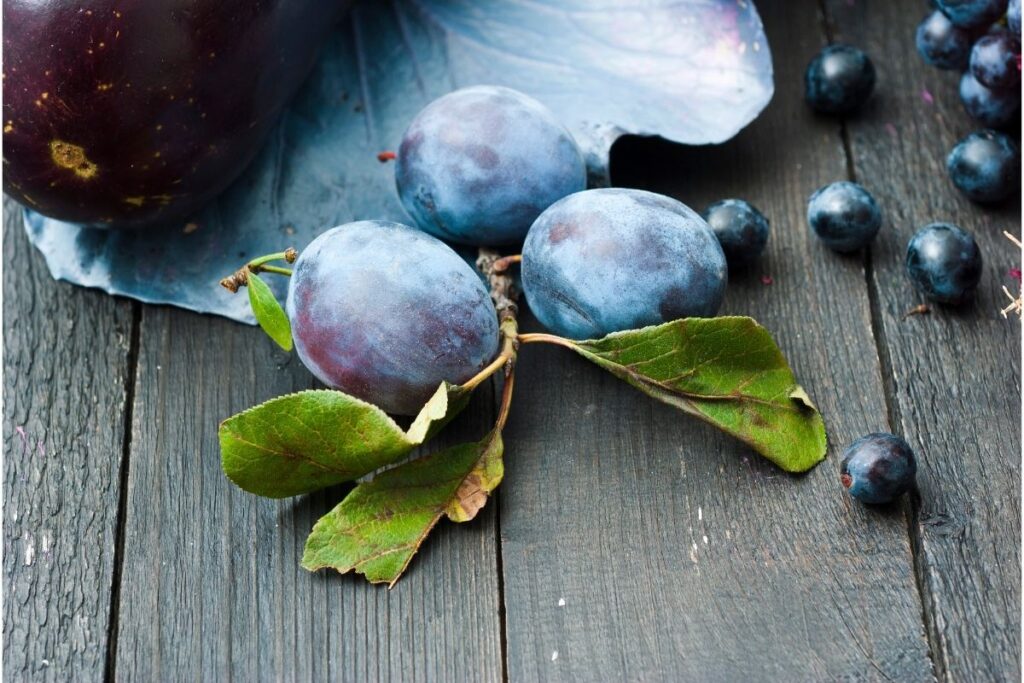
Aside from making gardens stand out, black vegetables are a great source of essential nutrients and Vitamins. Above all else, they also taste incredible.
Today, we want to improve your knowledge regarding black vegetables. If you love all things vegetables or simply want to add unique color to your garden, you’re in the right place. We have compiled a list of the most common and interesting black vegetables.
It is our hope that by the end of our list you have the inspiration to try something new and maybe grow your own black veggies.
Let’s get straight into the list!
1. Black Nebula Carrots

The first black vegetable on our list is the black nebula carrot. This unique variety of carrot has a black exterior and a vibrant purple core. Growing similarly to the common orange carrot, this root vegetable does well when planted directly into your vegetable garden.
In terms of taste, the black nebula carrot has a bitter-sweet, earthy flavor and a crunchy texture. Interestingly, this carrot is usually used to make a beautiful black carrot jam. You can also use the carrot how you would any other.
2. Tiny Coban Tomatillo
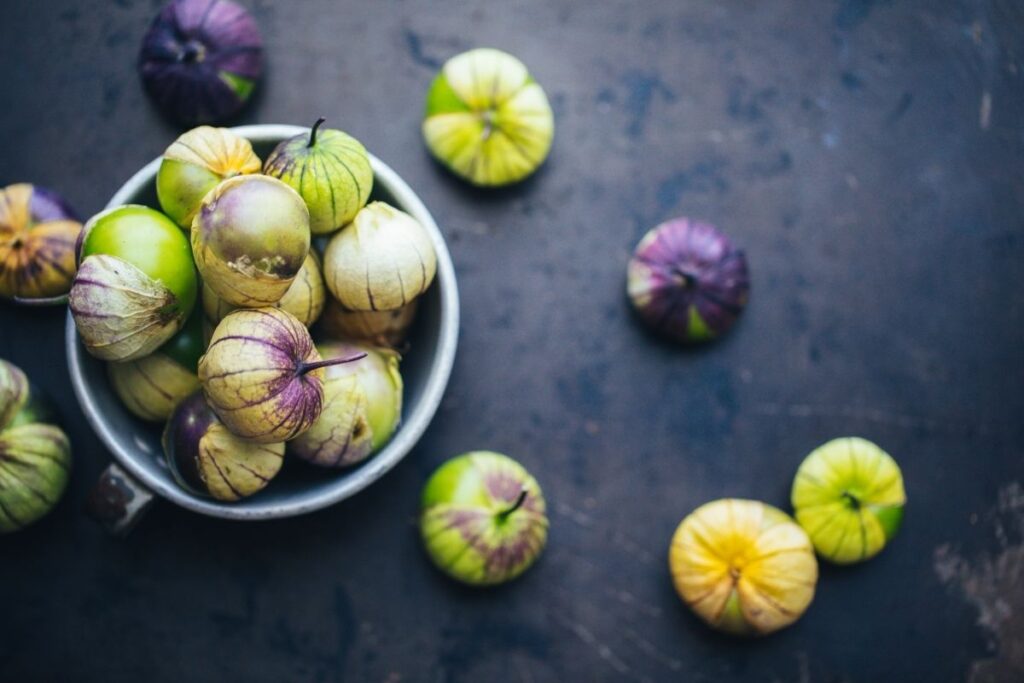
This vegetable plant is part of the nightshade family. While it may be fairly unknown, it produces a tasty vegetable that has an unusual savory taste. Other varieties of tomatillo have a more tart taste, so most people see the tiny coban as a good alternative.
Initially purple in color, it is quite common for the tiny coban tomatillo to mature to a darker black color.
If you want to grow a tiny coban tomatillo plant it is worth noting that they can grow to an impressive 6 feet tall. They also need a lot more sunlight than other types of tomatillo plant.
3. Black Corn
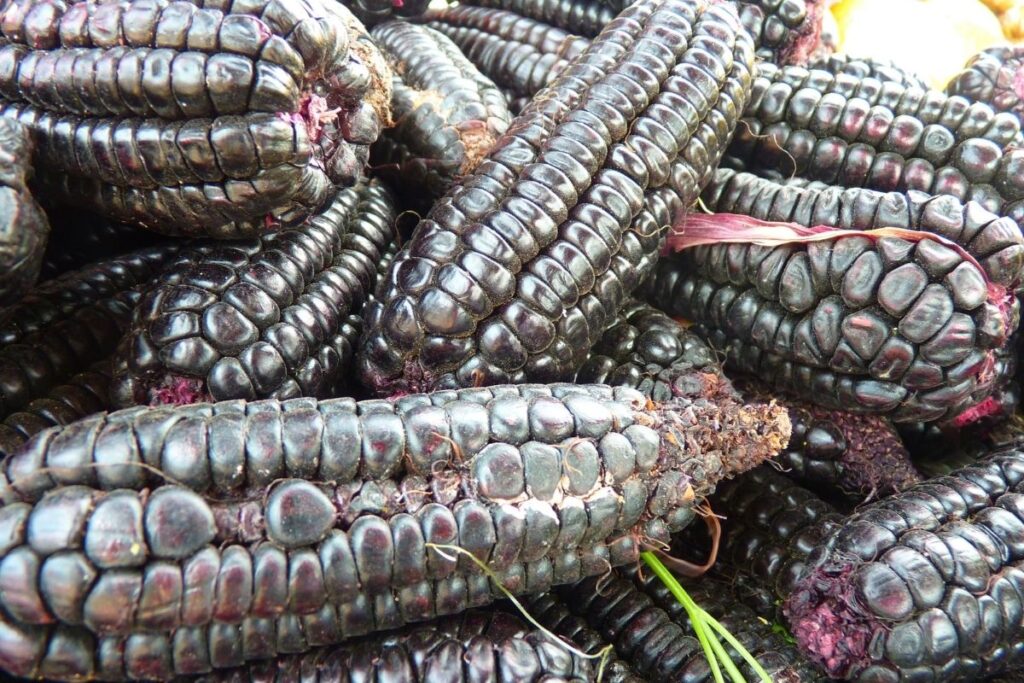
You may be surprised to hear that it is possible to grow black corn. Black corn has stunning jet black kernels and a mesmerizing purplish hue.
Growing on stalks that can reach 3 meters tall, This corn variety is ancient. While its exact origin remains unknown, we know it was grown by the Aztecs over 2,000 years ago. Each black corn stalk produces slender, long cobs approximately 20 cm in length.
Considered a medium to large-sized variety, this corn offers ‘old-fashioned’ sweetness. We would love to see the impression on your guest’s faces when you served them this black corn at your next BBQ.
4. Cavolo Nero
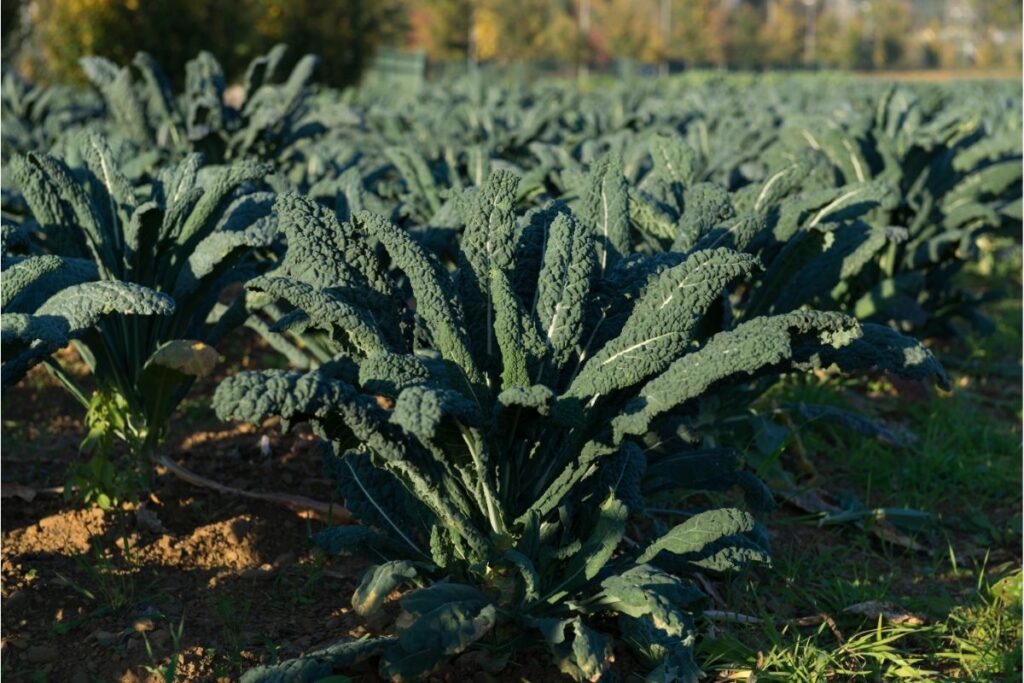
Cavolo Nero is a unique variety of black cabbage native to Tuscany in Italy. Though its leaves aren’t quite black, they are dark enough for people to give the vegetable its name. This black vegetable has massively risen in popularity across Europe and the United Kingdom.
This rise in popularity is thanks to the cavolo nero’s rich nutrients. Used as a tasty alternative to kale, this dark black cabbage is commonly used in soups and salads.
A loose-leafed cabbage, cavolo nero has a deliciously tangy, bitter flavor that leaves a hint of sweetness in your mouth.
5. Eggplant
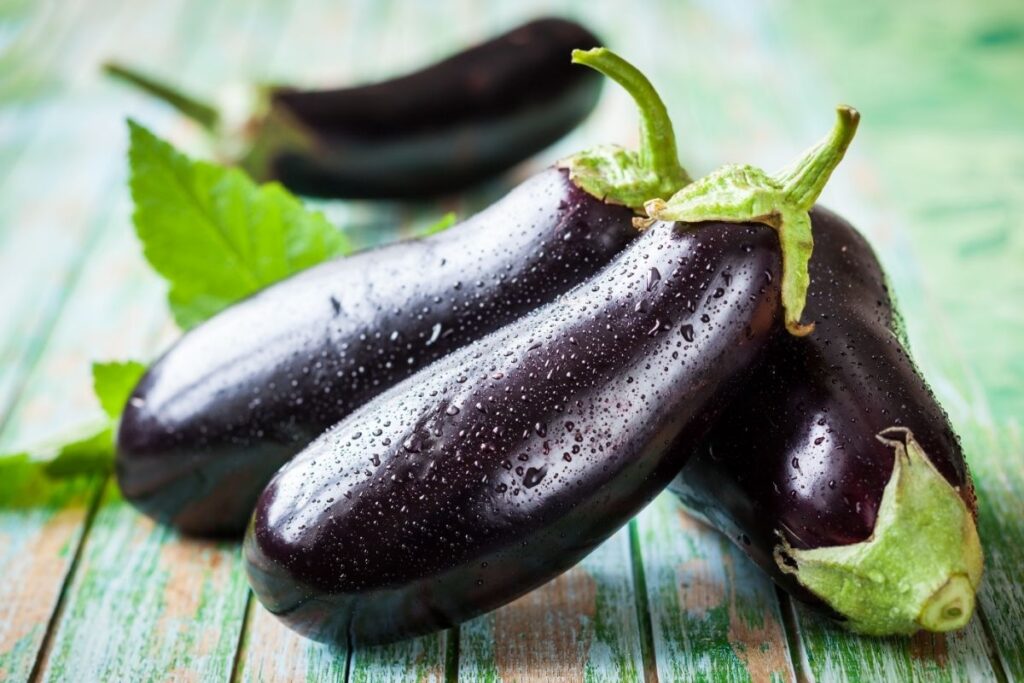
The eggplant is scientifically classed as a type of berry. This large egg-shaped vegetable has a shiny glossy surface that varies massively in color.
You can find eggplants that are pink, red, yellow, white, and most importantly for this list black.
Also known as aubergines, they are a beautiful vegetable that have delightfully mild flavors. Interestingly enough, the darker the eggplant is, the stronger the flavor. With this in mind, the black eggplant is the most flavorful eggplant you can grow.
6. Black Beauty Tomatoes
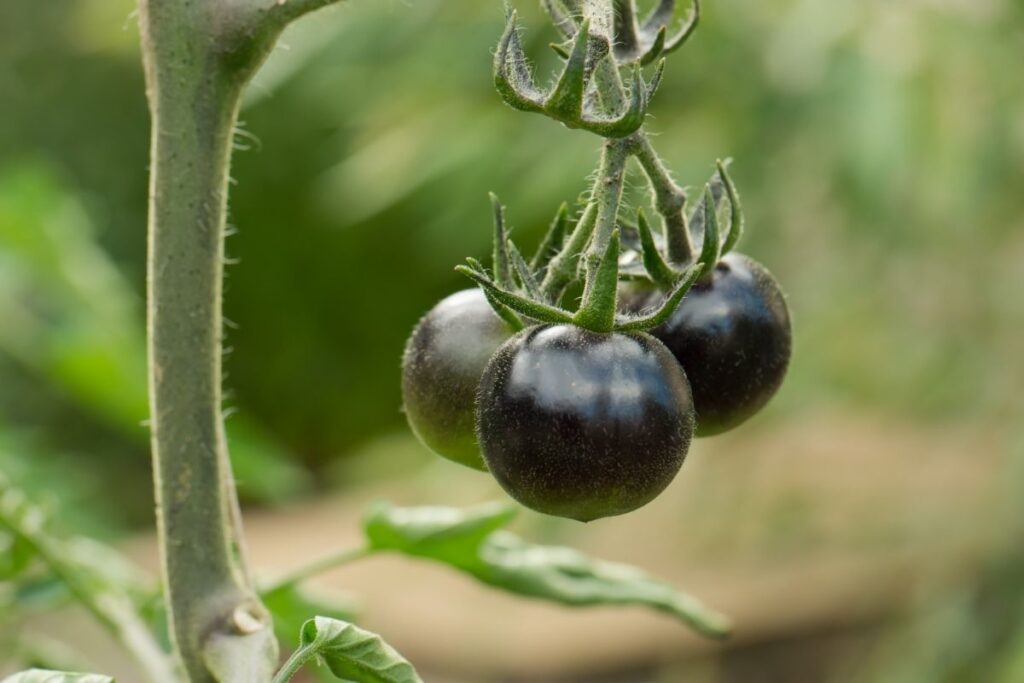
If you want an easy-to-grow black vegetable that tastes great but looks even better, the black beauty tomato could be the one for you.
A variety of heirloom tomato, the black beauty tomato grows on a vine. Recognized as the darkest tomato in the world, the vegetable’s rich savory taste and earthy undertones are enjoyed in a range of dishes including a fresh summer’s salad.
With its trademark black, purple flesh, the black beauty tomato typically weighs 3-4 ounces. The black beauty tomato vine can grow up to 4 feet tall.
7. Black Magic Kale

The next vegetable on our list is the black magic kale vegetable. This vegetable is a type of winter-hardy kale featuring long, narrow, crinkled leaves so dark they are almost black. Like the cavolo nero, this unusual species of kale also originates from Tuscany.
Offering an exceptionally rich sweet flavor, black magic kale looks and tastes amazing when mixed with greens or other varieties of dark vegetables. Throw some berries in there to really take the recipe to the next level.
8. Black Radish
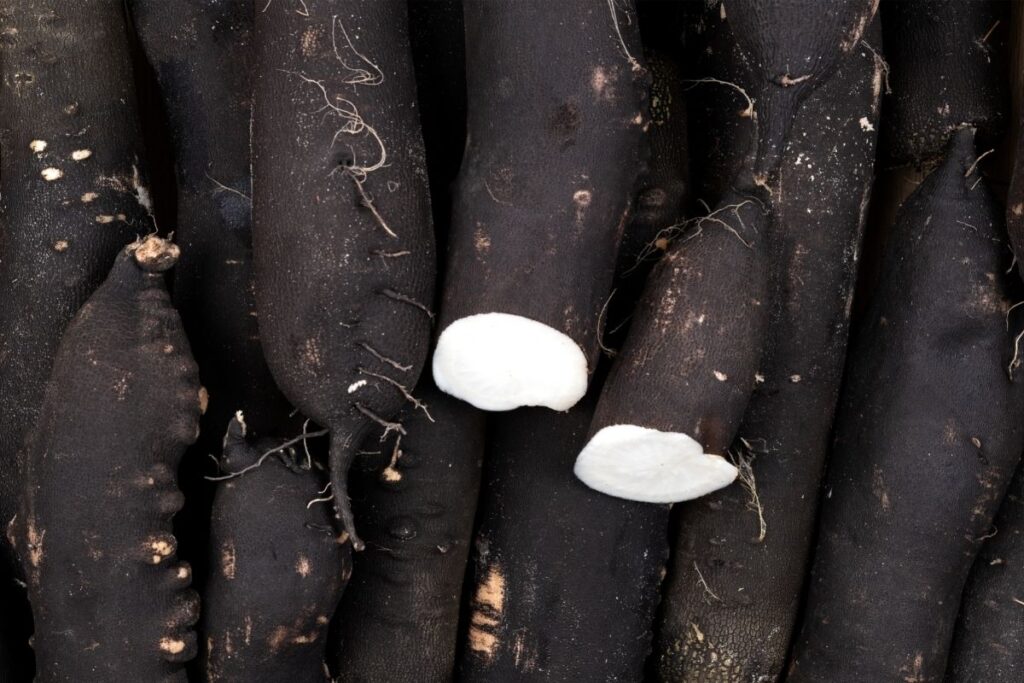
The black radish is a vegetable or herb known for its earthy, bitter, pungent, and spicy flavor. When eaten raw, this type of radish has a much sharper taste than the more common varieties of radish.
When the radish has been cooked its crunchy flesh softens and the flavor becomes a lot subtler, offering a sweeter, peppery taste,
In terms of appearance, the black radish is extremely unique. It has black outer skin and quite brilliant snowy-white flesh. To guarantee successful growth, plant the seeds of this vegetable in moist, well-kept soil.
9. Black Hungarian Peppers
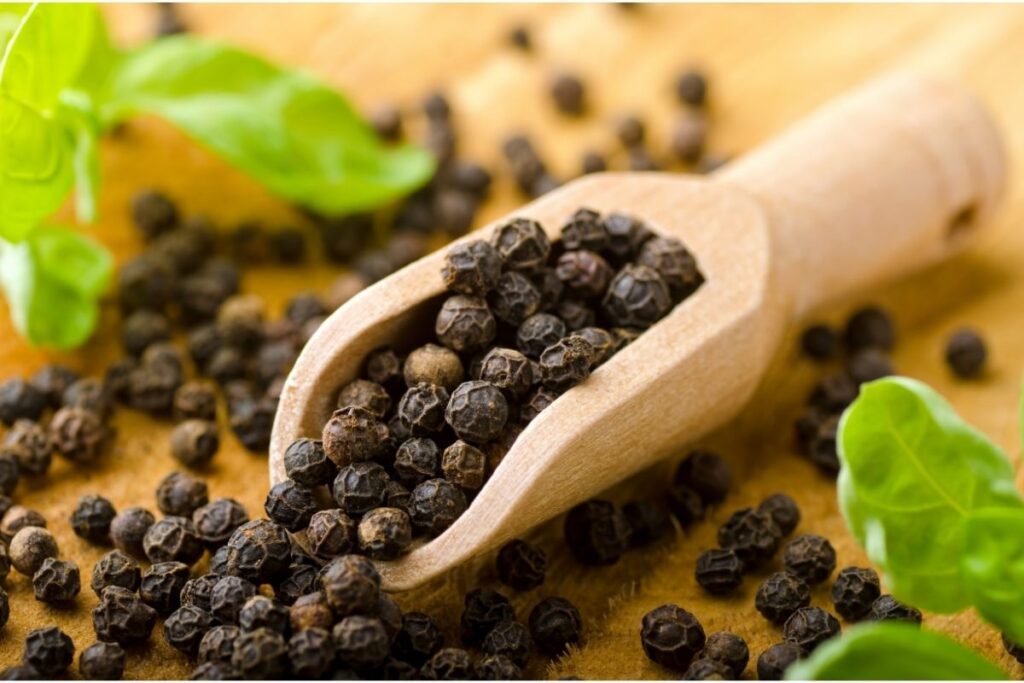
Sometimes mistaken as a fruit, the black Hungarian pepper is dark purple and black in color, with the similar appearance of a jalapeño. The plant on which this pepper grows reaches approximately 36 inches tall, yielding peppers roughly 5 to 6 inches in length.
The more this vegetable matures, the darker it becomes. The beauty of this pepper is its sweet and not so spicy taste. If you don’t like too much heat but still want to make a delicious salsa or salad, this variety of pepper could be for you.
10. Black Beauty Zucchini
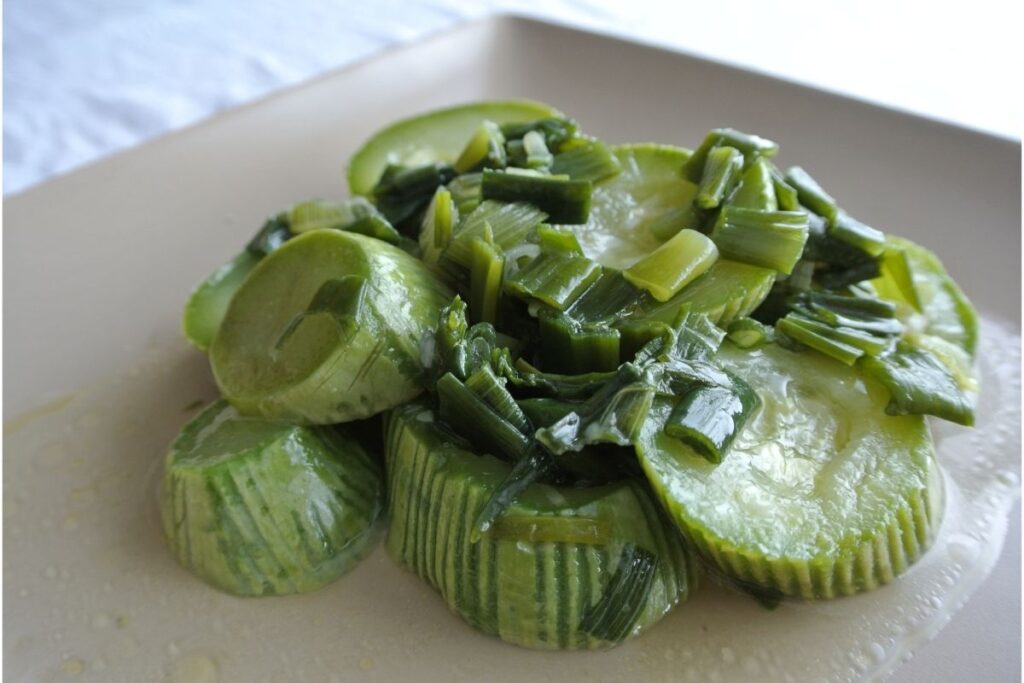
More famously known as the courgette, zucchini is a variety of summer squash harvested when young. Harvested when approximately 7 to 10 inches long, the black beauty zucchini has dark green foliage and very dark, almost black skin.
This skin makes this vegetable a great, unique addition to any vegetable garden. Strangely the deep flavors from the black beauty zucchini are similar to that of parsley.
11. Black Beans
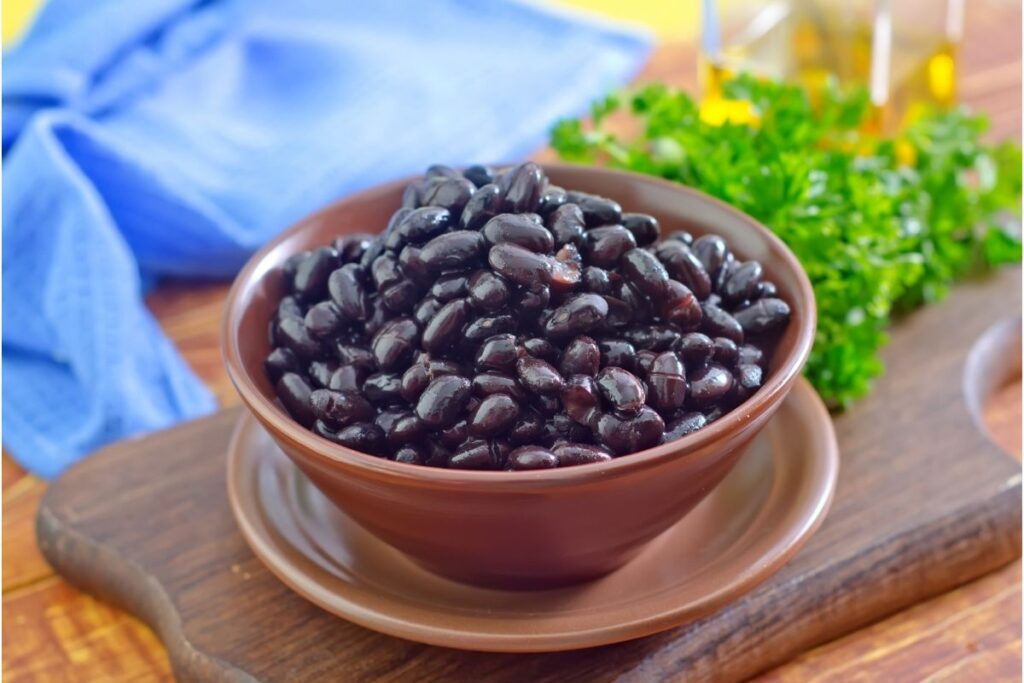
There are about 400 types of beans in existence. A handful of these are black. Types of beans that are black include the black soy bean and heirloom black beans.
Black beans are usually small to medium and have an oval shape. Most will have a beautiful shiny black coat and a small white eye called the keel. Inside black beans, you can expect to find a creamy white flesh that has a surprising meaty flavor.
12. Black Pumpkins

Black pumpkins are a variety of Cucurbita winter squash. They have a dark green and black rind and a soft yellowy orange center much like the more common pumpkin varieties. Some of these pumpkins come from Japanese cultivators while others are a modern hybrid.
Taking about 100 days to mature, this type of pumpkin has a nutty, sweet taste that helps make a wonderful pumpkin purée. If not made into a purée, most like to roast the black pumpkin whole.
13. Black Salsify
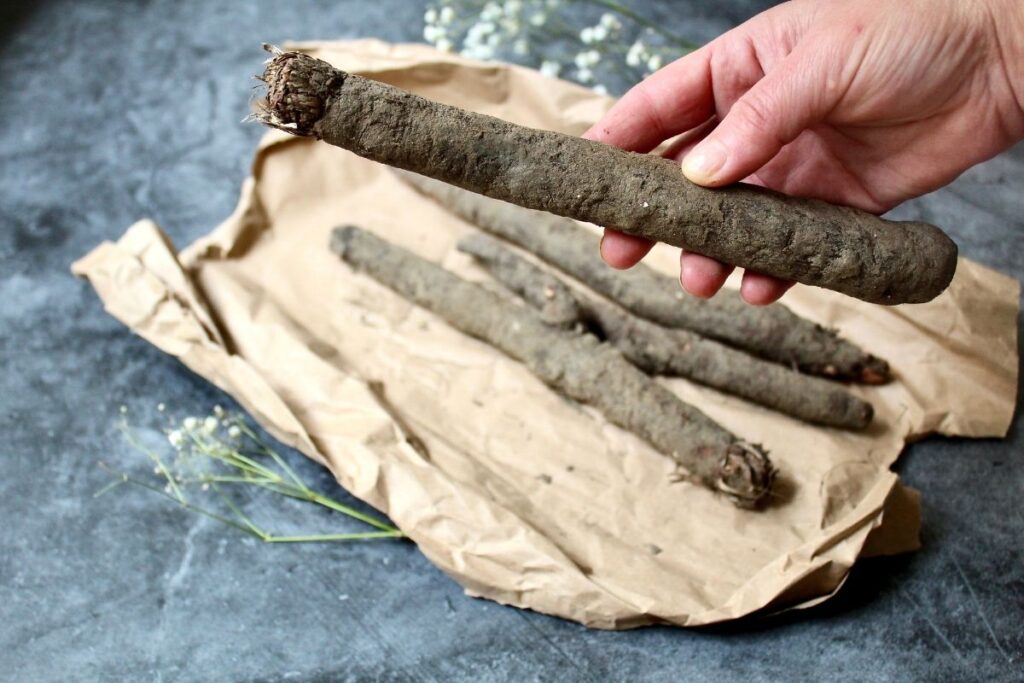
Black salsify has the scientific name scorzonera hispanica and belongs to the Asteraceae family. The black salsify plant forms a tubular cylindrical taproot that can be brown and black. When harvested young these carrot-like root vegetables are tender and long featuring a shiny white flesh.
Strangely, black salsify is commonly referred to as the “vegetable oyster”. The reason for this is that the vegetable actually has a very bizarre mild oyster flavor.
Despite its odd taste, the black salsify vegetable is quite popular due to how versatile it is. You can mash it, boil it, or simply throw it in your favorite stew or soup.
Final Thoughts
So, there you have it, that is our list of vegetables that are black. Despite their strange color and often quite unique appearance, black vegetables offer us just as many nutrients and vitamins as other vegetables found around the world. In fact, some offer a lot more.
The beauty of growing or eating black vegetables is that they give you something unique and exciting to try. In the garden, they bring a new element of color.
In the kitchen they surprise your guests, making them wonder what on earth they are eating.
Now you’ve been through our list, we hope you have some new inspiration to get out there and try something new. Why not take a trip to the store and see which of these black vegetables you can find. After that, it’s time to dig out that recipe book and start experimenting.







